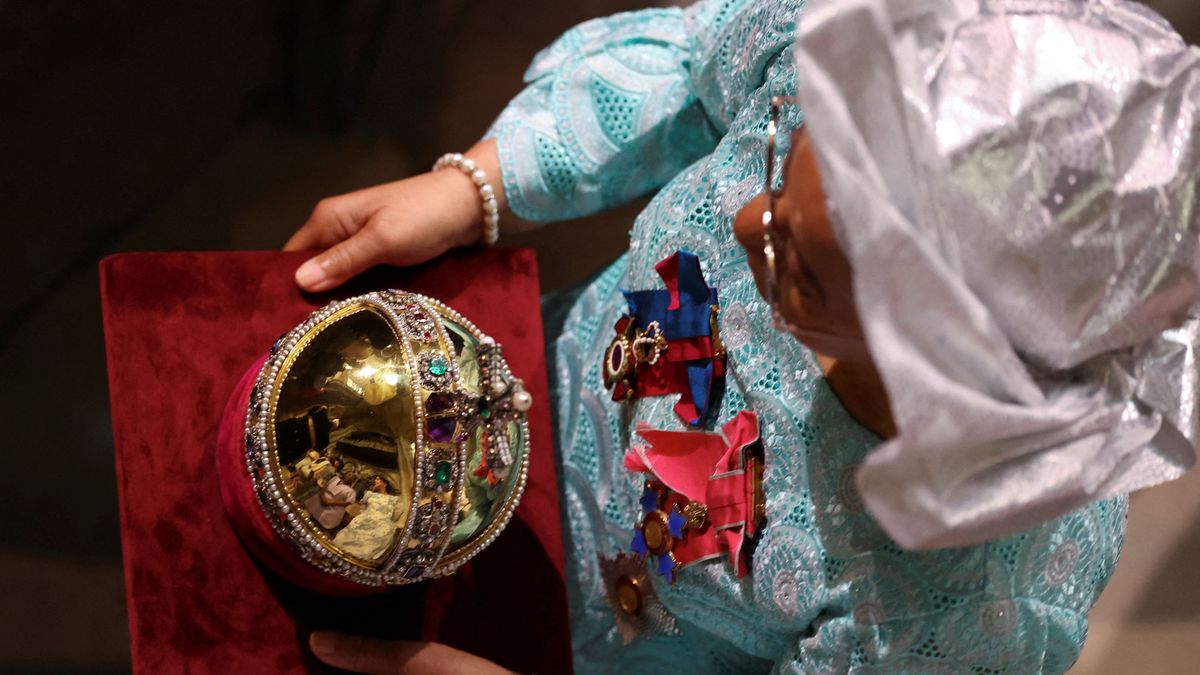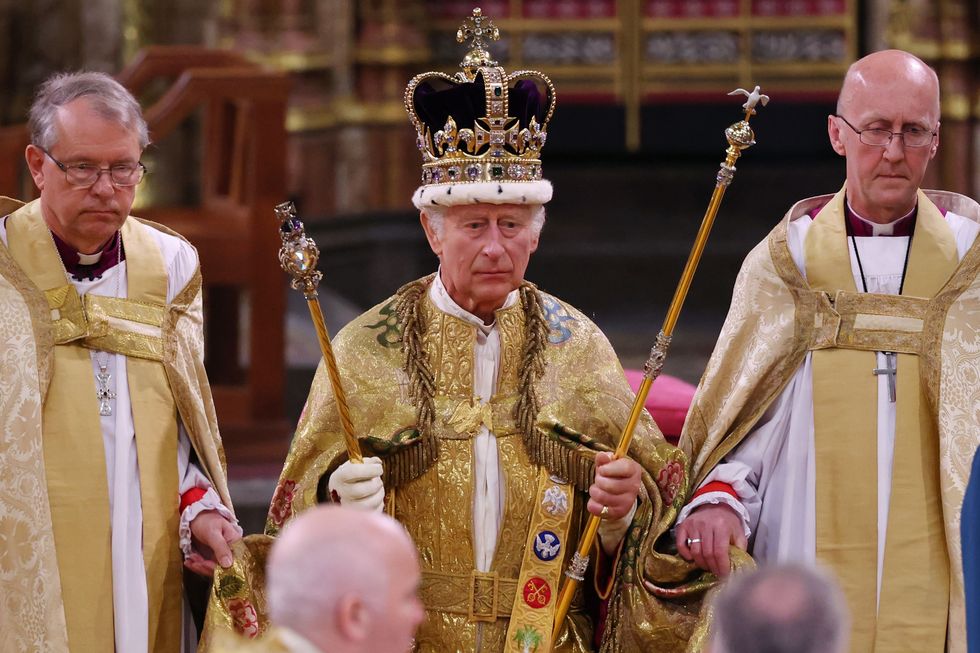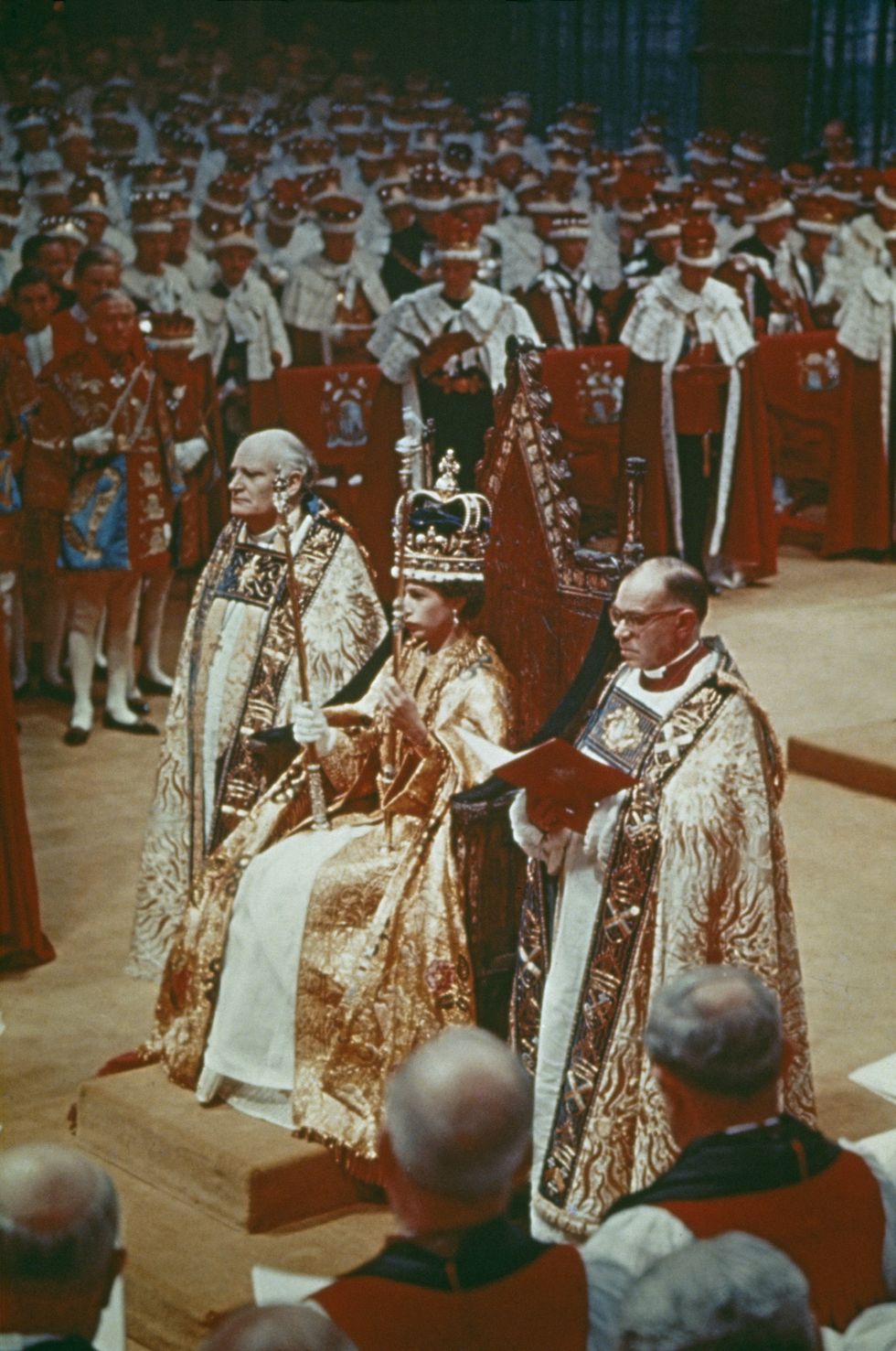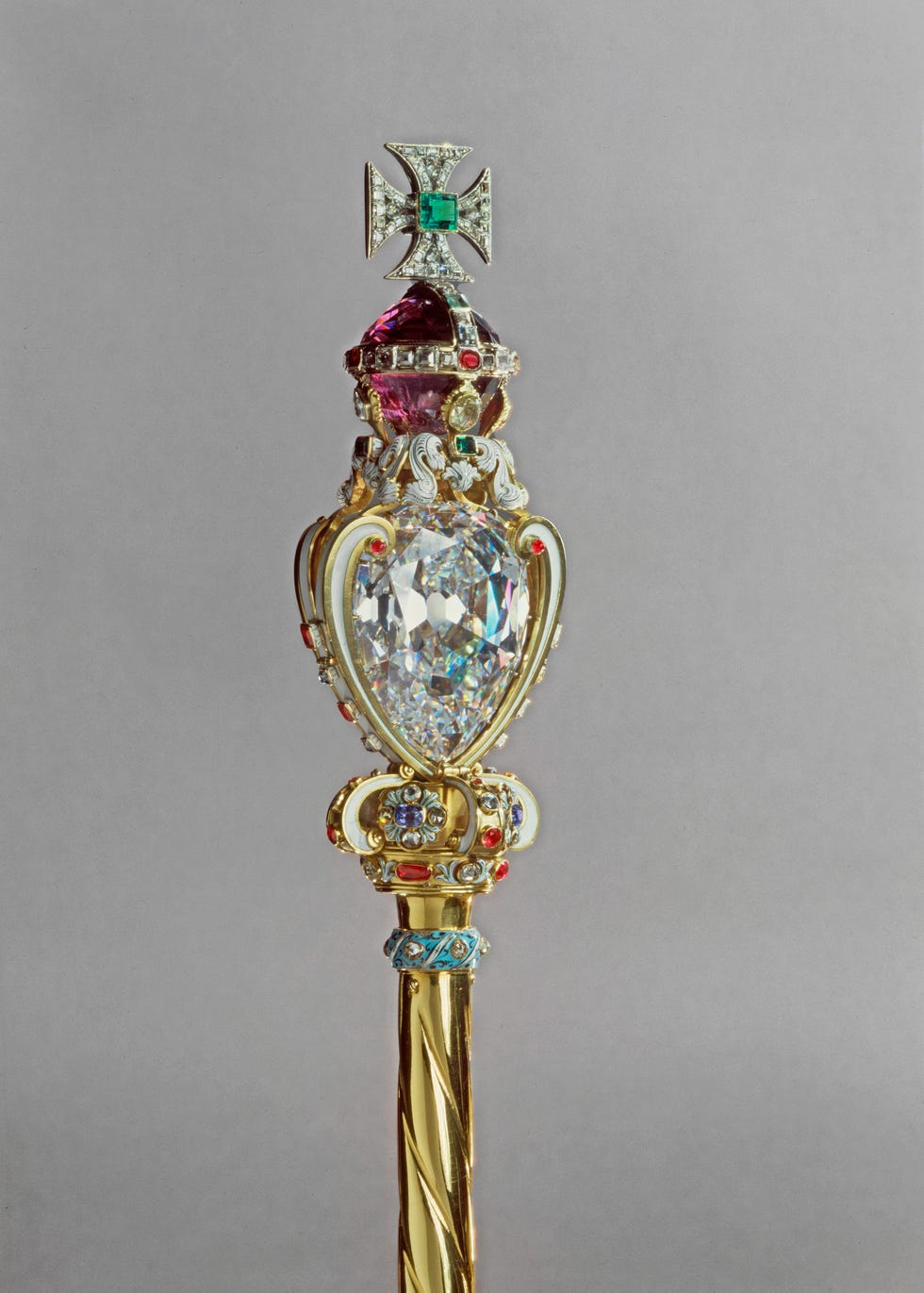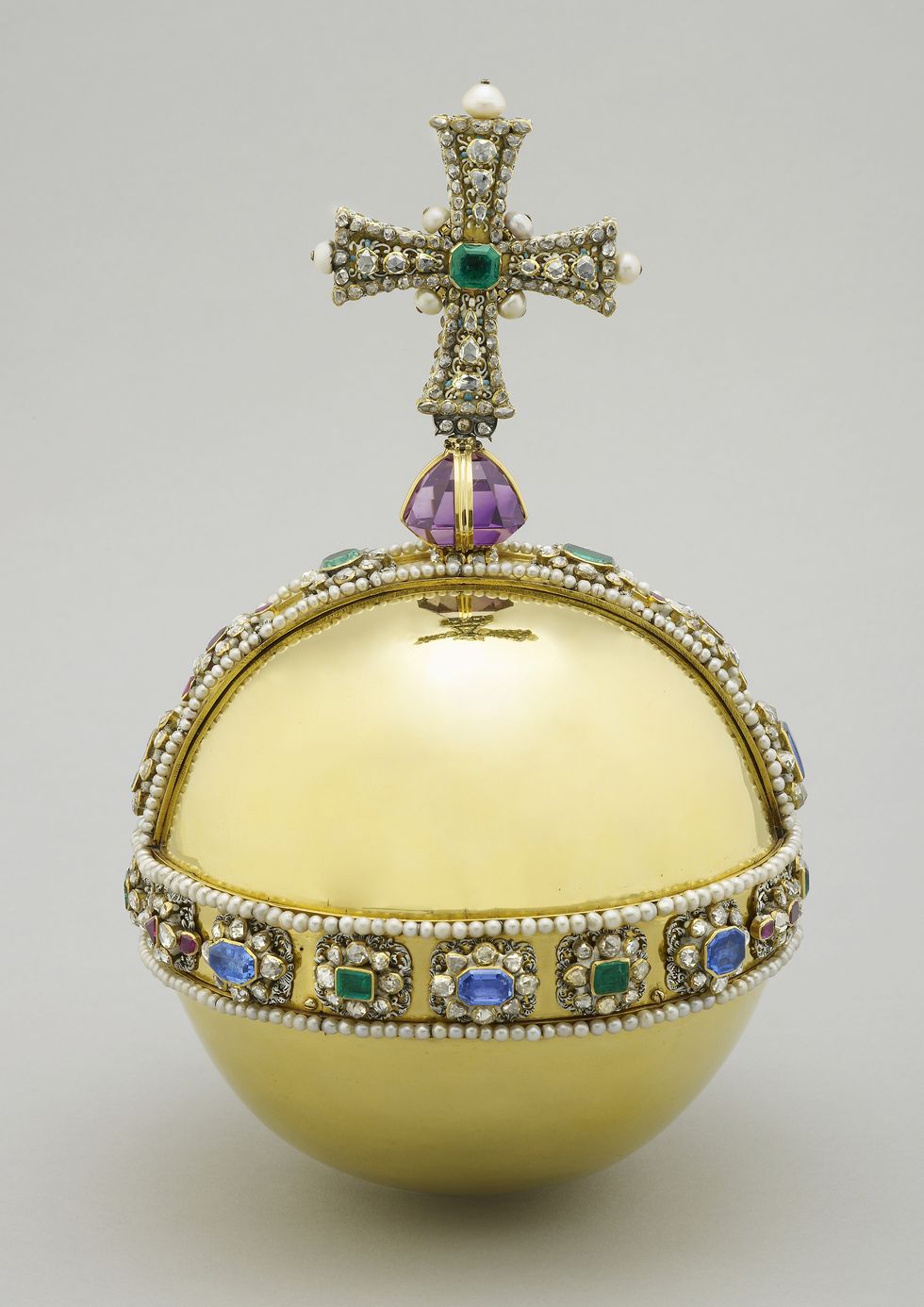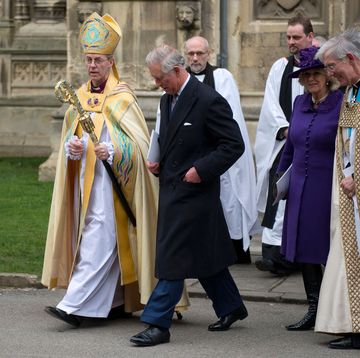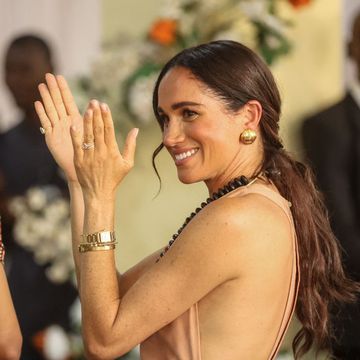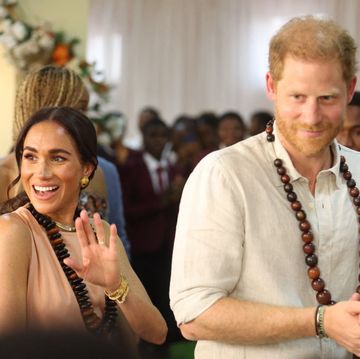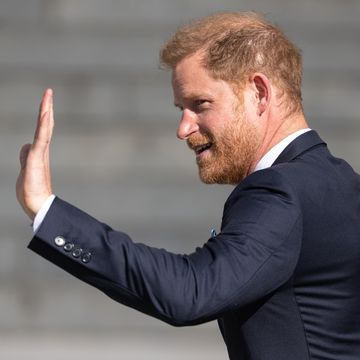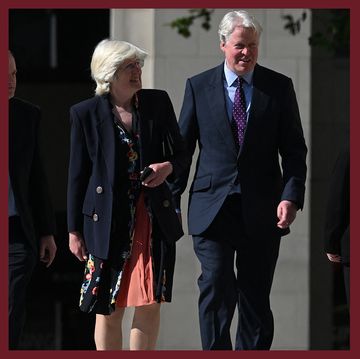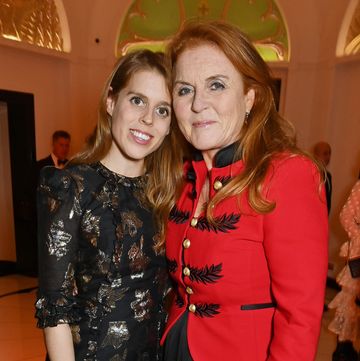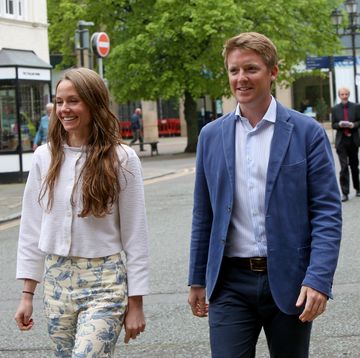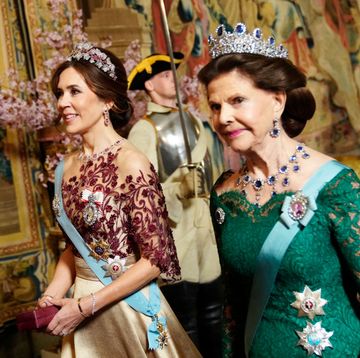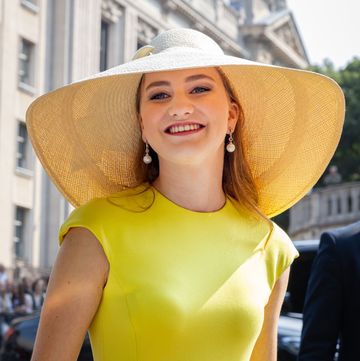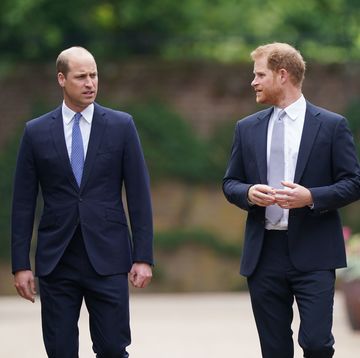The British monarchy is never lacking in history and custom, and while it's been speculated that many of those traditions could be subject to change under the reign of King Charles III, one that has stayed on is the use of the Sovereign’s Sceptres and Sovereign’s Orb during his coronation.
Prior to the coronation, the orb and one of the sceptres were most recently seen when they were placed on the coffin of Queen Elizabeth II during her state funeral in September 2022, but they've been part of the induction of British monarchs for centuries.
Part of the Crown Jewels—a collection of more than 100 objects that are "of incalculable cultural, historical, and symbolic value," according to Historic Royal Palaces, a charity that manages historic sites like the Tower of London, where the Crown Jewels are held—the sceptres and orb are some of the most storied and iconic objects associated with the royal family. The pieces date back to the seventeenth century, and are traditionally a major part of the coronation ceremony when a new monarch officially takes the throne, because each has a special meaning connected to the monarch's reign.
The Sovereign's Sceptre with Cross, which was seen during Queen Elizabeth's funeral service, is one of two sceptres used during the coronation services. Meant to represent the crown’s power and governance, it has been used in the coronation of every British monarch since 1661, when it was created for the coronation of King Charles II.
Despite its historic status, the sceptre we see today isn't quite in its original condition. In 1820 the piece was altered for the coronation of George IV, adding an enameled rose, thistle, and shamrock, then in 1910, King George V (King Charles III's great-grandfather) had it altered again to include the massive, 530.2 carat Cullinan I diamond. The largest cut white diamond in the world, it's part of a set of gems fashioned from the original 3,106 carat Cullinan diamond which was unearthed in South Africa in 1905 (the second largest of the stones, the Cullinan II, is set into the Imperial State Crown.) Per the Royal Collection Trust, the piece had to be reinforced to hold the weight of the diamond, which is contained in a hinged structure so that the stone can be removed and worn separately.
The second of the sceptres that traditionally features at the coronation is The Sovereign's Sceptre with Dove, which, as the name suggests, features an enameled dove alighting on a golden cross at its peak. Representing the monarch's spiritual role (the sovereign is also head of the Church of England) it was also created for the 1661 coronation of Charles II, though the piece's function—also known as the Rod of Equity and Mercy—has been part of the coronation services for much longer, dating back at least to the 1066 coronation of William the Conqueror.
Like the sceptres, The Sovereign's Orb is a significant part of the traditional coronation regalia. The golden, jeweled ball, surmounted by a gem-encrusted cross, is designed as a symbol that the monarch's power is derived from God. As with the sceptres, it was created in 1661. Typically, the orb is presented to the monarch toward the end of the coronation ceremony, and is held in their right hand before being placed on the altar so they can accept the two sceptres. It's only then that St Edward’s Crown is traditionally placed on the sovereign's head.
Prior to Elizabeth II's funeral, the last time these parts of the coronation regalia were used was in 1953, when the Queen had her coronation.

Lauren Hubbard is a freelance writer and Town & Country contributor who covers beauty, shopping, entertainment, travel, home decor, wine, and cocktails.
